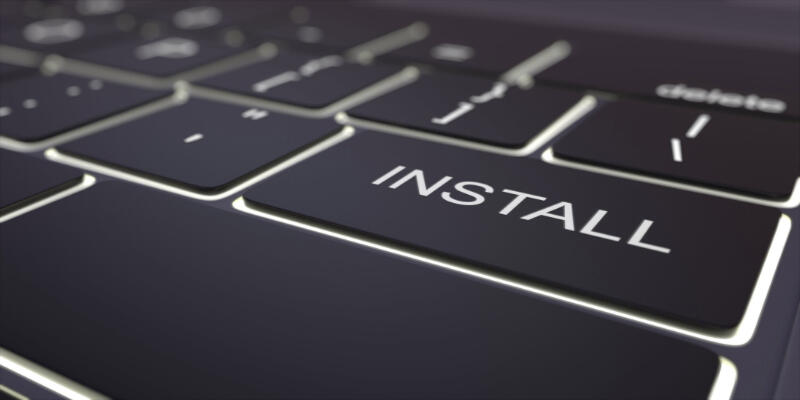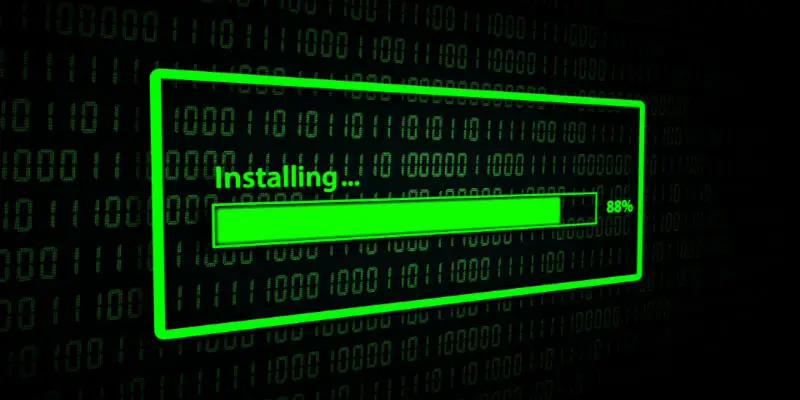Disclaimer: This post may contain affiliate links, meaning we get a small commission if you make a purchase through our links, at no cost to you. For more information, please visit our Disclaimer Page.
After installing Windows, you may wonder when is the best time to reinstall Windows.
Reinstalling Windows is inconvenient and time-consuming. However, there are some cases where it is an unavoidable solution for desktop problems. The most common reason for reinstalling Windows is computer performance issues. It will remove malware and junk and restore systems to their new state.
Table of Contents
When is the time to reinstall Windows?
When you notice your laptop or desktop system slowing down, it may be time to reinstall Windows devices.
Reinstalling Windows on your laptop or desktop computer will help to clean up your system and the way it functions. This is because it will remove junk files and apps that you no longer use.
It will also remove any viruses, malware, and adware. Your device’s performance will improve tenfold. You can try reinstalling windows when you have had your desktop or laptop for a few years, and you notice the system slowing down.
It is important to try a few other things first, as there can be other solutions to performance problems with computers. This means that you might not have to reinstall windows as a way of improving your device’s system.
The first option for improving computer performance is freeing up disk space. You can do this by deleting apps you are not using and organize your files into those you need and those you do not need.
Delete any files/apps/programs that you no longer use. If you do not want to delete these but want to remove them from your device, then you can buy extra storage options such as external hard drives.
This will help to free up some space on your device and keep your files organized.
Other options for freeing up space, on your laptop or desktop, include cloud storage options. Some software choices you can try are Dropbox, Google Drive, and Microsoft Onedrive.
You can transfer your files to this cloud storage software, and it will free your internal hard drive on your device. This can help to improve any performance issues in the system.
If you are experiencing a slow start-up with your computer then you can try disabling start-up programs.
You can do this by pressing your Window key + R. You then need to type in ‘misconfigure’ and then ‘Enter’. Click on the tab ‘Hide all Microsoft services’ and unselect the programs that you do not want to run at the start-up.
There are a few programs that can help to clean up your computer space which is CleanMyPC and Defraggler. Follow the links and install the applications on your desktop.
If you have tried all the options and your computer or laptop is still slow and performing poorly, then reinstalling windows is your next option.
Does reinstalling Windows help with performance?
Reinstalling Windows will help the performance of your device. This is how you can give your device a brand-new start. Totally fresh. Reinstalling Windows will restore your computer systems to their most clean state.
However, it is inconvenient, and so you will not want to do this unless you must.
If you have exhausted the other options listed above and your device is still slow and malfunctioning, then it is time. Set aside some of your days to back up your files and start the reinstalling process.
Although it is time-consuming, your computer will be restored to a fresh and smooth way of running and you will be happy that you put the time in.
Reinstalling Windows to your device removes any viruses in your system. It also removes any malware. Malware is malicious software on your devices such as adware pop-ups and persisting tabs.
This can all cause havoc on your computer system. By removing them, you are undoubtedly improving your computer’s performance.
Will I lose everything if I reinstall Windows 10?
If you go to reinstall Windows 10 on your laptop or desktop, then you will see two options appear. These are: ‘keep my files’ and ‘remove everything’. If you want to keep your files intact, then simply click on ‘keep my files’.
If you are using anything before Windows 10, then you will need to externally back up your files to ensure you do not lose everything.
It is recommended that even with Windows 10, you should still back up your files on an external hard drive before reinstalling the software. Do this in case an unexpected issue occurs.
To do this, simply plug in your external hard drive to your device using the USB port. You can then open your files app on your device and start transferring them over to your hard drive.
Depending on the size of files you are transferring, be sure to set aside some time for the transfer to complete.
You will also want to make sure that the connection is not interrupted between your hard drive and your device, otherwise, you run the risk of interruption which can corrupt and destroy your files.
You can reinstall Windows after backing up your files, following the instructions on your desktop and choosing your different preferences.
With Windows 10, the reinstallation process has been made much smoother and more efficient than with previous Windows software.
If you are looking to upgrade your version of Windows, it is recommended that you follow this same process and reinstall the version of Windows you want to use. This way you reap all the benefits of a new installation of Windows with a brand-new system.
How many times can you reinstall Windows?
If you look after your Windows system on your computer device, then you will not need to regularly reinstall the software. However, you can reinstall Windows as many times as you like on any given device.
Windows used to say that reinstalling Windows ten times is the maximum, but this has since changed.
Reinstalling Windows is time-consuming and so you want to avoid this as much as you can. If you are looking after your Windows software, then you should not need to reinstall it any more than once within two years.
Ways to look after your Windows system include only downloading software that you need. Ensure you have security programs set up to protect it from any malware.
Use tools to clean up your computer and keep it running smoothly. These things will help to prevent the need for the reinstallation of Windows.
6 reasons Why You Might Need To Reinstall Windows.
1. Performance issues
Your computer is slow and freezes regularly. You have tried other techniques, and nothing seems to be working.
2. Malware
Malware is malicious software within your computer system. Viruses, spyware, and adware are among the most common forms of malware.
If you have relentless pop-ups and hard-to-close tabs appearing regularly and seemingly from nowhere, then it is time to clear the decks of the malware in your operating system.
3. Junk
Your computer has built up a lot of junk files and is slowing down your system. You need to remove these files and there is too much for you to do it manually.
4. Upgrading your Windows system
You are looking to upgrade your Windows system to the newer version. It is much better to install the version of Windows you wish to use as if brand-new, instead of upgrading the system.
This will ensure all bugs, malware, and junk files are removed from your system before starting with the new version.
5. Accidentally deleting important files
All laptops and computers possess important files that are significant to the way their systems function. If you have accidentally deleted these and need them back, then reinstalling Windows will do this.
6. Corrupted registry
Your computer runs every operation and program using a database of codes. Sometimes, these codes can corrupt. This can be because of installing faulty programs or because of malware.
If this happens, then your Windows system will not operate as it should. Reinstalling the software will fix this.
Conclusion
Always be sure to follow any steps on your device when reinstalling Windows. Continue to look after your devices and keep the malware at bay.
Back up any files that you do not want to lose before reinstalling Windows, and ensure your computer or laptop is connected with enough power to see it through the process.


